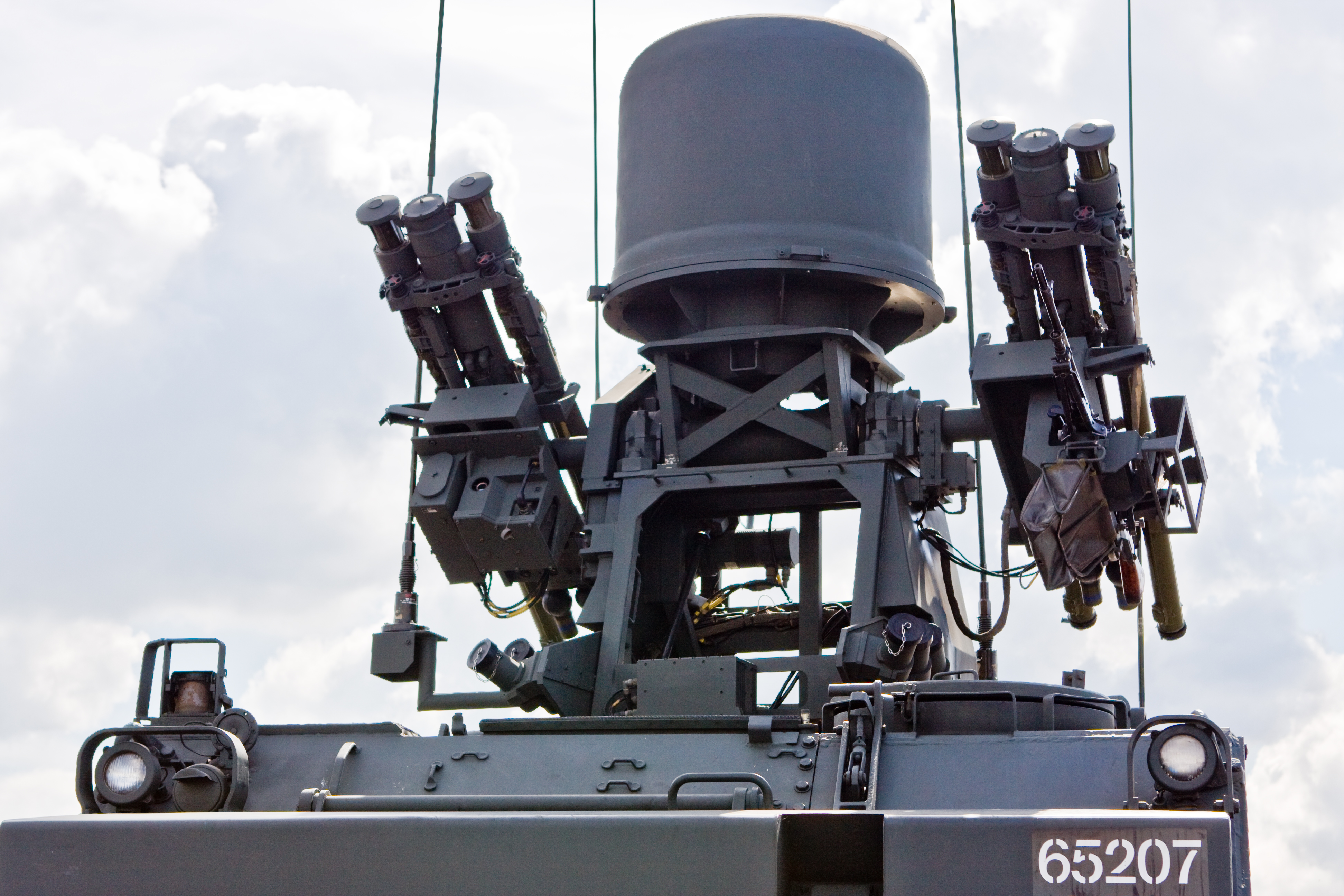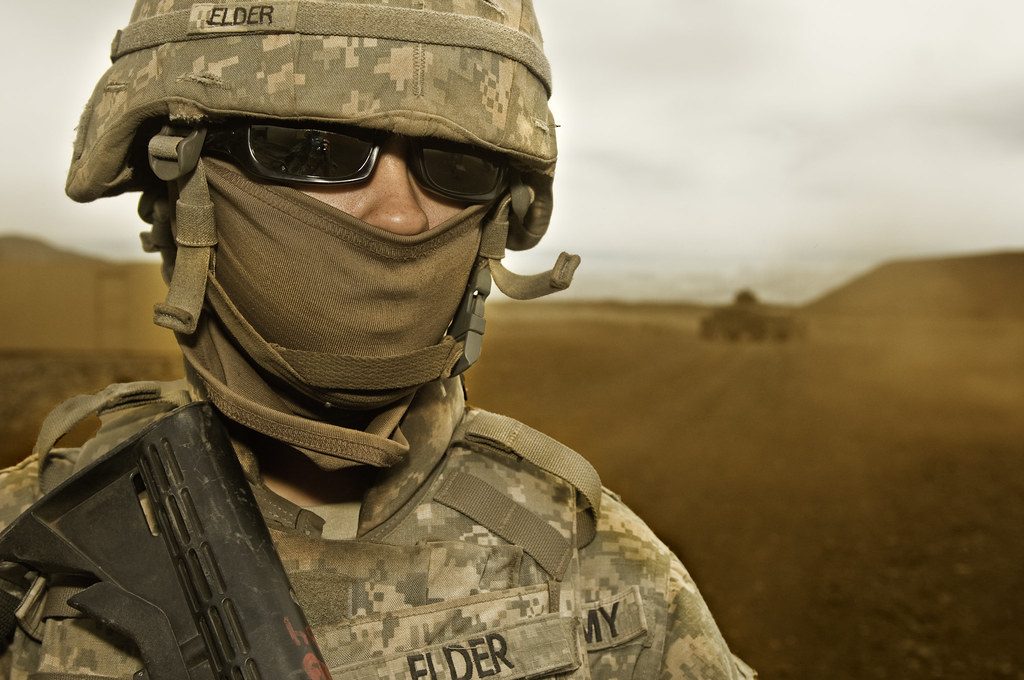
In a world that increasingly feels unpredictable, the idea of a crisis — be it natural disaster, societal disruption, or personal emergency — is no longer a distant threat but a tangible concern. While many of us hope never to face such scenarios, being prepared isn’t about fear; it’s about empowerment. It’s about knowing you have the skills and the mindset to protect yourself and your loved ones when it truly matters.
For centuries, militaries around the globe have honed techniques for survival, efficiency, and resilience under the most extreme conditions imaginable. These aren’t just obscure combat strategies; many are practical, field-tested “hacks” designed to optimize performance, enhance endurance, and boost tactical efficiency in any environment. The good news? You don’t need to enlist to benefit from this invaluable knowledge.
We’ve compiled a selection of these life-changing military hacks, drawn directly from the experiences of veterans and active-duty personnel. Whether you’re looking to upgrade your everyday preparedness, prepare for a serious SHTF event, or simply want to develop a more robust personal toolkit, these insights are designed to give you a tactical edge. Let’s dive into the first set of these foundational survival strategies.
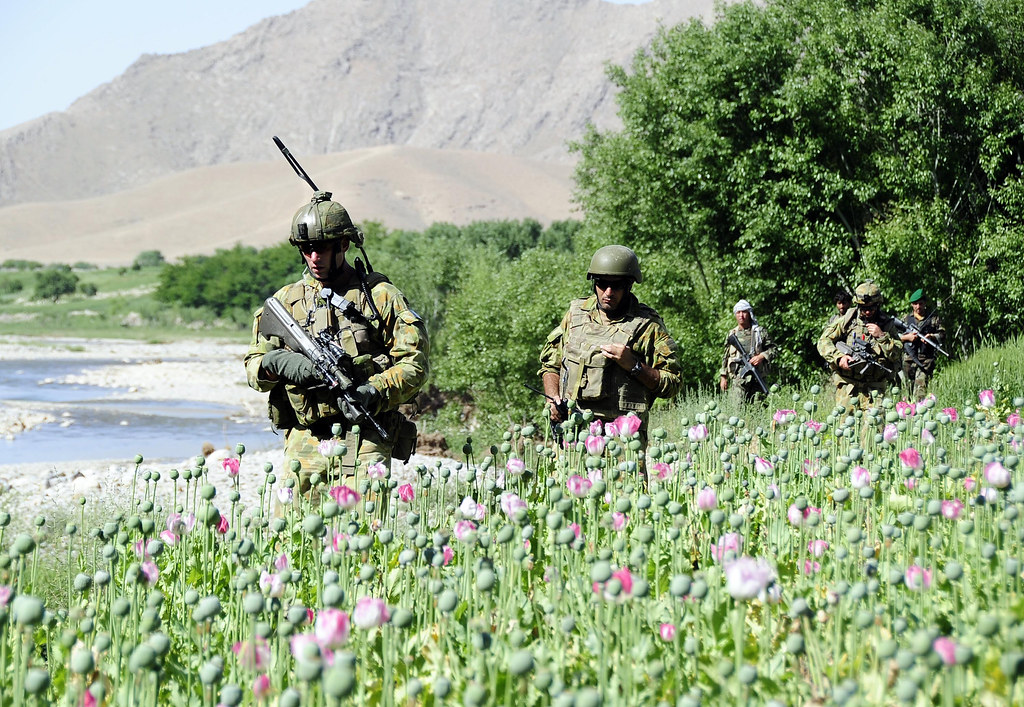
1. **Perfect the Art of Layering for Any Climate**Weather can quickly become your most formidable adversary when you’re caught in a crisis, particularly if you’re outdoors or without stable shelter. Basic training teaches soldiers that proper layering is not just about comfort; it’s a critical survival skill. The ability to regulate your body temperature effectively can mean the difference between life and debilitating cold-weather injuries or dangerous heat exhaustion.
Mastering this hack involves understanding that multiple thin layers are far more effective than one or two thick ones. Each layer traps a bit of air, creating insulation, and allowing you to add or shed clothing as conditions change. This adaptability is paramount whether you’re enduring freezing temperatures on a long patrol or facing unexpected heat during field exercises.
The core principle is simple: a base layer wicks moisture away from your skin, a middle layer provides insulation, and an outer shell protects against wind and rain. By learning to combine these elements strategically, you equip yourself to navigate any military training camp, or indeed, any wilderness scenario, with greater confidence and protection, ensuring your body functions optimally when every bit of energy counts.
Military equipment: Eat the Elephant
Name: Eat the Elephant
Type: studio
Artist: A Perfect Circle
Cover: APC eat the elephant.jpg
Released: [object Object]
Recorded: 2010–2018
Genre: Progressive rock,atmospheric rock,hard rock
Length: 57:07
Label: BMG Rights Management
Producer: Dave Sardy,Billy Howerdel,Maynard James Keenan
PrevTitle: A Perfect Circle Live: Featuring Stone and Echo
PrevYear: 2013
Misc: Singles
Single1: The Doomed
Single1date: Mon Oct 16 2017 00:00:00 GMT-0700 (Pacific Daylight Time)
Single2: Disillusioned
Single2date: Mon Jan 01 2018 00:00:00 GMT-0800 (Pacific Standard Time)
Single3: TalkTalk (A Perfect Circle song)
Single3date: Mon Feb 05 2018 00:00:00 GMT-0800 (Pacific Standard Time)
Single4: So Long, and Thanks for All the Fish (A Perfect Circle song)
Single4date: Sun Apr 15 2018 00:00:00 GMT-0700 (Pacific Daylight Time)
Categories: 2018 albums, A Perfect Circle albums, Album articles lacking alt text for covers, Album chart usages for Australia, Album chart usages for Austria
Summary: Eat the Elephant is the fourth studio album by American rock band A Perfect Circle. It is their first album release in fourteen years since 2004’s Emotive. While early work on new material traces back to as early as 2008, years of slow progress would ensue due to conflict between the band’s chief music writers, frontman Maynard James Keenan and guitarist Billy Howerdel, largely stemming from their commitments to other projects and inability to come to an agreement on the direction to take the band. Renewed focus, alongside assistance from music producer Dave Sardy, helped propel the band into much more productive sessions across 2017, with the album being completed in early 2018. Thematically, the album covers a variety of Keenan’s views on modern societal, religious, and political issues, focusing on his perceived lack of accountability in humanity. Musically, the album was viewed as an extension and maturation of their rock sound, adding more piano and electronic elements into songs for a more mellow sound than prior albums.
The album was released on April 20, 2018, after four singles were released in advance: “The Doomed” in October 2017, “Disillusioned” in January 2018, “TalkTalk” in February 2018, and “So Long, and Thanks for All the Fish” in April 2018. The album was generally well received by critics, who praised it for being a successful comeback album, and the maturation in the band’s sound, though some lamented the lack of more hard rock songs from band’s prior work. The album debuted at number 3 on the US Billboard 200 chart, their fourth album to debut in the top 4 of the chart, and debuted in the top 10 of eight other countries’ album charts.
Get more information about: Eat the Elephant
Read more about: Unearthing Earth’s Ancient Narratives: How Paleontology Unravels Mysteries Like Marine Fossils on Mountain Peaks
2. **Use the Rule of Threes**When stress levels are high and resources are scarce, clear thinking can be the first casualty. The military’s Rule of Threes is a powerful mental framework taught in survival training, especially during army training, designed to help you prioritize tasks logically and calmly under immense pressure. It provides a quick, actionable checklist for addressing immediate life-threatening needs.
This rule states that “you can survive three minutes without air, three hours without shelter in harsh conditions, three days without water, and three weeks without food.” While these are general guidelines, they are incredibly effective in providing an instant hierarchy of needs. For example, if you’re in an extreme environment, finding or creating shelter takes precedence over finding food.
Applying the Rule of Threes in a crisis scenario helps prevent panic by giving you a clear, objective assessment of what must be done next. It shifts your focus from overwhelming uncertainty to manageable, sequential problems. This fundamental understanding of survival timelines allows you to allocate your precious time and energy most effectively, ensuring that critical needs are met before less urgent ones.
Military equipment: Rule of threes (survival)
Categories: All pages needing cleanup, All stub articles, Articles containing how-to sections, Articles needing cleanup from April 2017, Articles with short description
Summary: In survival, the rule of threes involves the priorities in order to survive. The rule, depending on the place where one lives, may allow people to effectively prepare for emergencies and determine decision-making in case of injury or danger posed by the environment.
Get more information about: Rule of threes (survival)
Read more about: The Enduring Significance of Three: An In-Depth Examination Across Disciplines
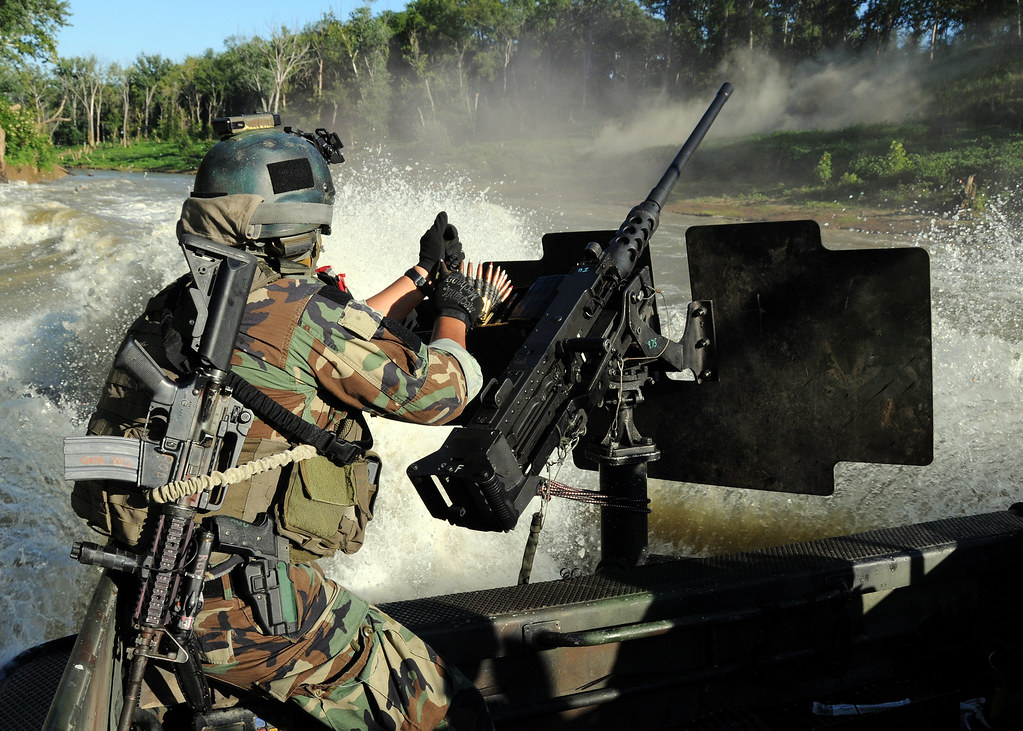
3. **The Power of Immediate Action Drills (IADs)**In high-stakes environments, hesitation can be fatal. Immediate Action Drills (IADs) are foundational to military training, preparing soldiers to react instantly and almost instinctively under threat. Practicing these drills regularly develops muscle memory and situational awareness, allowing for rapid, effective responses without the need for conscious thought in critical moments.
The beauty of IADs lies in their repetitive practice. By running through predefined responses to common threats or emergencies – whether it’s a weapon malfunction, an ambush, or a sudden change in terrain – you embed these actions deep within your subconscious. This means that when a crisis hits, your body and mind are primed to execute the necessary steps with minimal delay, bypassing the ‘freeze’ response.
In civilian life, the principles of IADs translate directly to quicker decision-making and better crisis response. Whether facing a sudden car accident, a home invasion, or a rapidly escalating emergency, having a pre-programmed set of actions can be invaluable. This ability to react decisively and effectively is “key attributes for leadership and management roles” and most importantly, personal survival.
Military equipment: List of Chicago P.D. characters
Categories: All articles that are excessively detailed, All articles with style issues, Articles using Infobox character with multiple unlabeled fields, Articles with short description, Chicago P.D. (TV series) characters
Summary: This is a list of fictional characters in the television series Chicago P.D. The article deals with the series’ main, recurring, and minor characters.
Get more information about: List of Chicago P.D. characters

4. **Tactical Breathing for Stress Control**Fear and adrenaline are natural responses to danger, but unchecked, they can impair judgment and fine motor skills. Used extensively during combat training, tactical breathing is a simple yet profoundly effective military hack for managing these physiological reactions. It’s a technique that brings your body back into balance, allowing you to maintain focus and control when you need it most.
The method is straightforward: “Inhale for 4 seconds, hold for 4, exhale for 4, hold for 4.” This rhythmic, controlled breathing pattern signals to your nervous system that you are safe, counteracting the fight-or-flight response. It reduces heart rate, lowers anxiety, and improves cognitive function.
Beyond intense combat scenarios, tactical breathing “can be a daily tool for maintaining mental control and emotional regulation.” Incorporating this simple practice can help you stay calm during everyday stressors, improve concentration, and enhance your overall mental resilience. It’s an accessible, powerful technique for anyone seeking to master their internal state and perform optimally under pressure.
Military equipment: Medium Extended Air Defense System
Categories: 21st-century surface-to-air missiles, All articles that are too technical, All articles with dead external links, Anti-ballistic missiles of Germany, Anti-ballistic missiles of the United States
Summary: The Medium Extended Air Defense System (MEADS) is a ground-mobile air and missile defense system intended to replace the Patriot missile system through a NATO-managed development. The program is a development of the United States, Germany and Italy.
MEADS is designed to address the shortcomings of fielded systems and to permit full interoperability between U.S. and allied forces. Germany chose MEADS to replace their MIM-104 Patriot systems in June 2015.
Get more information about: Medium Extended Air Defense System
Read more about: 🤯 You’ll Never Watch These 14 Famous Movies the Same Way Again After Reading These Mind-Blowing Fan Theories!
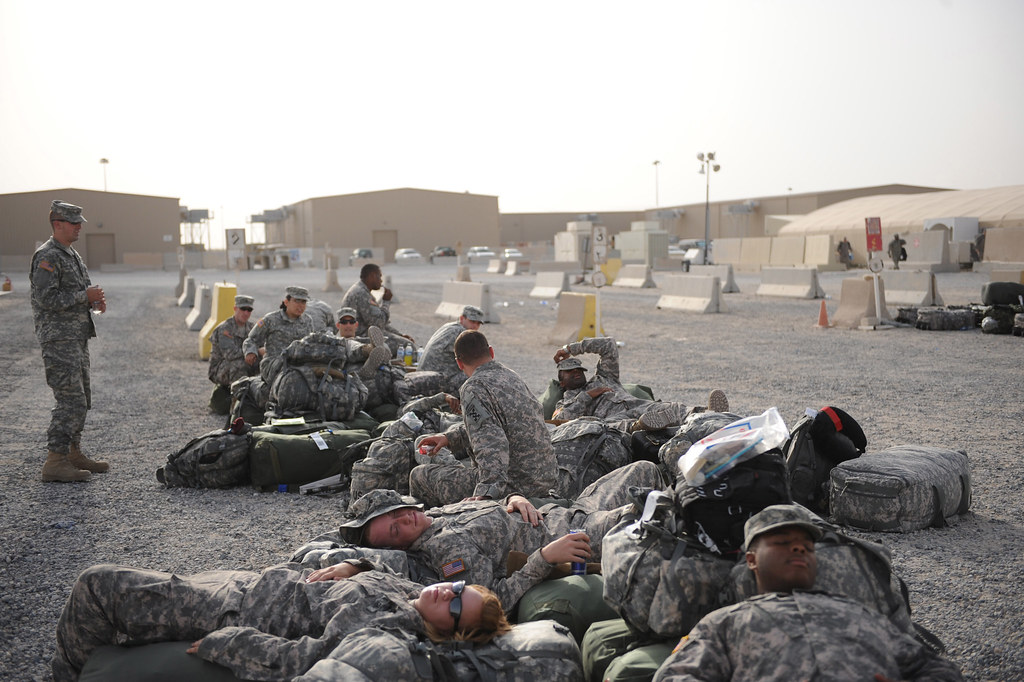
5. **Learn to Sleep Anywhere**Sleep deprivation is routine during basic training in the army, and it’s a reality that can quickly degrade performance and morale in any crisis situation. Soldiers adapt “by learning to sleep under any condition—in noise, cold, or even standing up.” This isn’t a superpower; it’s a learned skill.
The core of this hack involves developing the mental discipline to shut out distractions and physically relax, even when your surroundings are far from ideal. It’s about seizing any available opportunity for rest, no matter how brief. Training your body to fall asleep quickly, even in discomfort, can dramatically improve your recovery and alertness, which are critical for effective decision-making and physical stamina under pressure.
While you might not need to sleep standing up, cultivating the ability to nap in unusual places or quickly drift off in a noisy environment can significantly impact your resilience. Prioritizing rest, even short bursts of it, will help you maintain cognitive function, emotional stability, and physical readiness. This hack underscores the importance of mental fortitude in overcoming one of the most fundamental human needs when circumstances demand it.
Military equipment: Axle Whitehead
Name: Axle Whitehead
Caption: Self-shot image of Axle Whitehead at home in 2015.
BirthDate: [object Object]
BirthPlace: Warrnambool
BirthName: Axle Whitehead
Genre: Alternative rock
Occupation: Actor, singer, musician
YearsActive: 2003–present
Label: Sony Music
Categories: 1980 births, 21st-century Australian male singers, 21st-century Australian singers, All Wikipedia articles written in Australian English, Articles with hCards
Summary: Axle Whitehead (born 16 December 1980) is an Australian TV host, singer, musician, and actor. He was a host on Video Hits. In 2008, he released his first studio album Losing Sleep which debuted outside the ARIA top 50. He also played Liam Murphy in Channel Seven’s Home and Away and was the host of The World’s Strictest Parents. In 2015, Whitehead began playing the role of Davis, a musician, in the Showtime series, Shameless. He formerly hosted the game show The Wall.
Get more information about: Axle Whitehead
Read more about: Unpacking Womanhood: 14 Key Aspects of Being a Woman Through History and Science
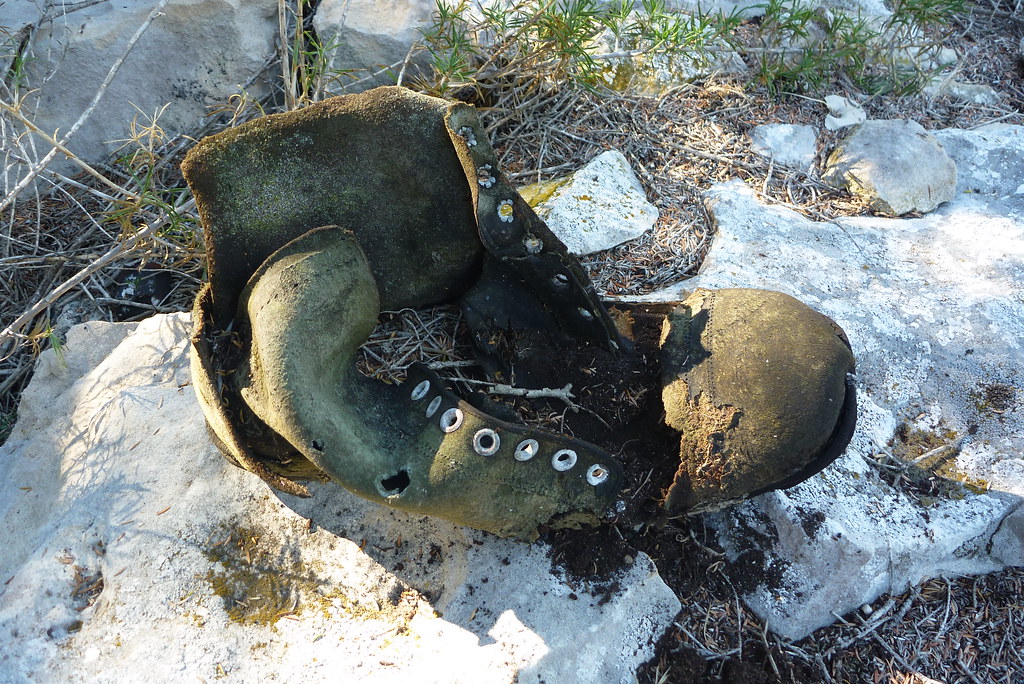
6. **The Buddy System Isn’t Just for Kids**While often associated with childhood outings, the buddy system is a cornerstone of military operations across all services, “from marine corps training to army boot camp.” It’s a foundational military hack that “ensures no one operates alone,” fostering an environment of mutual accountability, unwavering support, and essential teamwork. This simple concept has profound implications for safety and success in any high-pressure situation.
When you’re paired with a buddy, you’re not just looking out for yourself; you’re actively responsible for another person, and they for you. This creates an immediate safety net, ensuring that if one person faces a challenge, the other is there to assist, observe, and intervene. It drastically reduces the chances of someone being overlooked, injured, or becoming disoriented.
Applied in life and work, the buddy system “builds stronger relationships and safety nets for high-pressure situations.” Whether it’s a designated partner for a bug-out plan, a travel companion, or a collaborative workmate, having someone to rely on and share responsibility with enhances overall security and efficiency, making the group stronger than the sum of its parts.
Military equipment: Dylan Sprouse
Name: Dylan Sprouse
Caption: Sprouse in 2012
BirthName: Dylan Thomas Sprouse
BirthDate: [object Object]
BirthPlace: Arezzo
Nationality: American
AlmaMater: New York University
Occupation: Actor
KnownFor: The Suite Life of Zack & Cody
YearsActive: 1993–2012,2017–present
Spouse: [object Object]
Relatives: Cole Sprouse
Categories: 1992 births, 20th-century American male actors, 21st-century American male actors, Actual play performers, Adherents of Germanic neopaganism
Summary: Dylan Thomas Sprouse (born August 4, 1992) is an American actor. He is known for his role as Zack Martin on the Disney Channel series The Suite Life of Zack & Cody and its spin-off, The Suite Life on Deck, where he starred alongside his twin brother Cole Sprouse. He is an owner of the All-Wise Meadery in Brooklyn, New York.
Get more information about: Dylan Sprouse
Read more about: Are You That Shopper? 14 Totally Annoying Store Habits That Grind Everyone’s Gears (and How to Stop Them!)
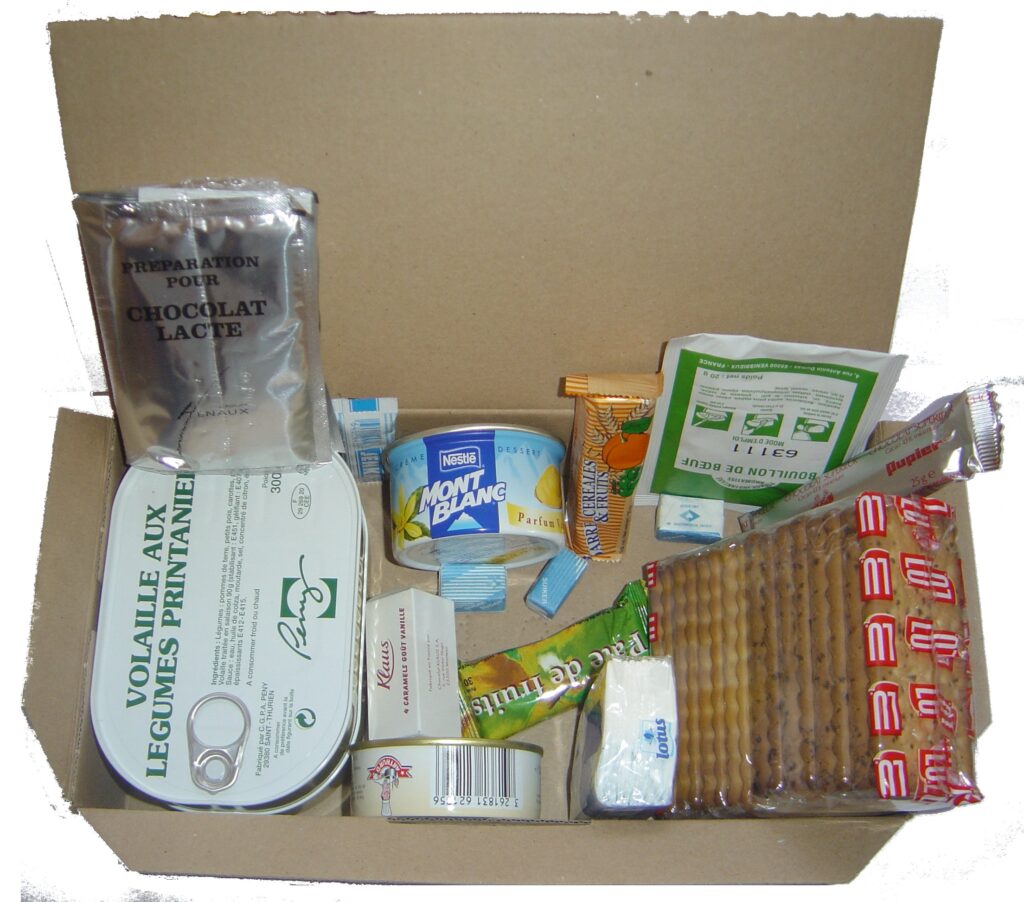
7. **Learn Tactical Nutrition**Understanding how to efficiently fuel your body is a game-changer, especially when facing the physical and mental demands of a crisis. In military training, energy levels and rapid recovery are absolutely crucial for sustained performance. “Understanding how to fuel your body efficiently can be a game changer.” Tactical nutrition isn’t about dieting; it’s about strategic eating to maximize your output and resilience.
This hack involves knowing “what to eat before endurance events, how to ration MREs, and when to hydrate.” Proper hydration alone can prevent a host of issues, from fatigue to impaired cognitive function, which are debilitating in a survival scenario. The importance of balanced carbohydrates for long-term energy and protein for muscle recovery cannot be overstated.
Insights into tactical nutrition are crucial “whether you’re in air force training or a forward operating base” or simply trying to stay active and healthy during an extended emergency. Focusing on “carbs” as “a very important part of your daily meals, as they offer long-term energy” and protein as “the ultimate power nutrient, as it is essential for muscle growth and recovery,” ensures your body has the “gas in the tank” needed to perform physically and mentally when your life might literally depend on it.
In a crisis, foundational skills are just the beginning. The military also offers advanced strategies that shift from personal readiness to tactical engagement, strategic movement, and sustained preparedness. These insights, honed in the toughest environments, provide a robust framework for navigating complex, high-stakes scenarios. Let’s delve into the next seven critical military hacks designed to give you a decisive edge.
Military equipment: Norland College
Categories: 1892 establishments in England, All articles with unsourced statements, Articles with short description, Articles with unsourced statements from April 2022, Child care skills organizations
Summary: Norland College is a British higher education provider based in Bath, Somerset. The college specialises in childcare, and is widely known for its prestigious training of nannies, nursery nurses and other childcare professionals, who are employed worldwide.
Norland nannies are seen as a status symbol and are popular among celebrities and royals. Alumni are termed “Norlanders”. Norland offers one degree programme: the BA (Hons) in Early Years Development and Learning, previously in association with the University of Gloucestershire. In March 2019, Norland was awarded Taught Degree Awarding Powers by the Privy Council, which allows it to offer the degree through their institution, as well as enabling it to mark all student assessments internally. It also offers the prestigious Norland Diploma.
Get more information about: Norland College
Read more about: Long-Haul Driver’s Lifesaver: Stay Awake for Hours—No Energy Drinks Required

8. **Camouflage is Key**In any crisis, avoiding conflict is often the safest and most strategic move. The ability to conceal yourself, your vehicle, and your equipment is a major asset for anyone needing to move after a significant event. This skill drastically reduces detection by those with hostile intent or desperation for supplies. Why risk a firefight if you don’t have to?
A crucial principle is to “never engage in a fight that doesn’t have 3:1 odds in your favor, unless absolutely necessary.” Concealment goes beyond physical blending; it includes noise discipline, light reflection reduction, vehicle concealment, and blending into local populations. Think of it as a comprehensive approach to invisibility.
Learning concealment is ongoing; “concealment is a perishable skill” requiring regular practice. Integrate it into every bug-out drill. Every piece of equipment, including your bag, must be camouflaged. A neon orange pack, even with a ghillie suit, will give you away. Camouflage your bug-out location too, to prevent discovery and potential conflict over resources.
Military equipment: German World War II camouflage patterns
Categories: Articles with short description, Camouflage patterns, German military uniforms, Short description matches Wikidata, Wikipedia articles needing page number citations from March 2020
Summary: German World War II camouflage patterns formed a family of disruptively patterned military camouflage designs for clothing, used and in the main designed during the Second World War. The first pattern, Splittertarnmuster (“splinter camouflage pattern”), was designed in 1931 and was initially intended for Zeltbahn shelter halves. The clothing patterns developed from it combined a pattern of interlocking irregular green, brown, and buff polygons with vertical “rain” streaks. Later patterns, all said to have been designed for the Waffen-SS by Johann Georg Otto Schick, evolved into more leaf-like forms with rounded dots or irregular shapes. Camouflage smocks were designed to be reversible, providing camouflage for two seasons, whether summer and autumn, or summer and winter (snow). Distribution was limited to the Waffen-SS, ostensibly because of a patent, though variants were used by other units, including the Luftwaffe. Production was limited by shortage of materials, especially of high quality waterproof cotton duck.
The Reichswehr (Army of the Weimar Republic) started experimenting with camouflage patterns for Wehrmacht uniforms before World War II and some army units used Splittertarnmuster (“splinter camouflage pattern”), first issued in 1931, and based on Zeltbahn shelter halves/groundsheets. Waffen-SS combat units used various patterns from 1935 onwards. The SS camouflage patterns were designed by Johann Georg Otto Schick, a Munich art professor and then the director of the German camouflage research unit, at the request of an SS Major, Wim Brandt. Brandt was an engineer and the commander of the SS-VT reconnaissance battalion, and he was looking for better camouflage. Schick had researched the effect of light on trees in summer and in autumn. These led to the idea of reversible camouflage clothing, with green summer patterns on one side, brown autumn patterns on the other. In 1937, the patterns were field tested by the SS-VT Deutschland regiment, resulting in an estimate that they would cut casualties by fifteen percent. In 1938, a reversible spring/autumn helmet cover, smock, and sniper’s face mask in Schick’s forest patterns on waterproof cotton duck were patented for the Waffen-SS. The patent is said to have prevented the Wehrmacht from using the patterns, which became a distinctive emblem of the Waffen-SS during the war. However, patterned uniforms were worn by some other units, including from 1941 the Luftwaffe, which had its own version of Splittertarnmuster, as well as the Kriegsmarine (navy), the Fallschirmjäger (paratroops), and the Waffen-SS. The 1945 Leibermuster was planned to be issued to both the SS and the Wehrmacht, but it appeared too late to be widely distributed.
Production of groundsheets, helmet covers and smocks by the Warei, Forster and Joring companies began in November 1938. They were initially hand-printed, limiting deliveries by January 1939 to only 8,400 groundsheets and 6,800 helmet covers and a small number of smocks. By June 1940, machine printing had taken over, and 33,000 smocks were made for the Waffen-SS. Supplies of high quality cotton duck, however, remained critically short throughout the war, and essentially ran out in January 1943. It was replaced by non-waterproof cotton drill cloth.
Get more information about: German World War II camouflage patterns
Read more about: Unlock Your Summer Confidence: 10 Bikinis That Celebrate Curvy Figures with Flattering Designs and Clever Hacks!
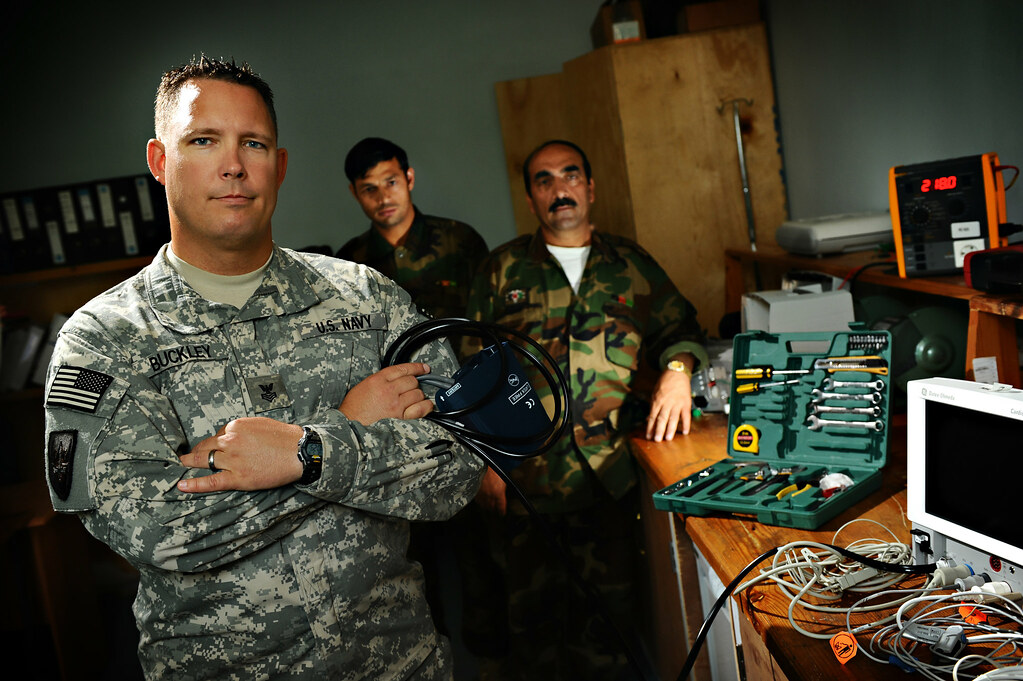
9. **Two is One, and One is None**This military adage is a profoundly true survival principle, especially in the wilderness or during any bug-out scenario. “Murphy’s Law”—anything that can go wrong, will go wrong—is a real factor with equipment. You don’t want to learn the hard way that an essential piece of gear failed and you have no backup.
Always have spares for every critical piece of equipment in your plan. Gear breaks, gets lost, or can be stolen, regardless of cost. Prepare for these inevitabilities. Think medical supplies, fire-starting materials, knives, and water sources—these are prime candidates for redundancy.
Keep spares separate from primary gear. A sustainment pouch on your kit, for instance, can hold essentials, ensuring you have critical items even if your main bug-out bag is lost. Stock plenty of spares at your bug-out location, too, for resupply after a challenging expedition.
Beyond personal benefit, spares offer a “compassion factor.” In a crisis, someone in your group will likely lose something vital. Your foresight in having backups allows you to lend an item, better equipping them to defend the group against environmental threats or adversaries. This strengthens the entire team, making the collective more resilient.
Military equipment: And Then There Were None
Name: And Then There Were None
Caption: Cover of first US 1940 edition with current title for all English-language versions
TitleOrig: Ten Little Niggers
Author: Agatha Christie
Country: United Kingdom
Language: English
Genre: Mystery fiction,crime,psychological thriller
Publisher: Collins Crime Club
ReleaseDate: Mon Nov 06 1939 00:00:00 GMT-0800 (Pacific Standard Time)
Pages: 272
Website: [object Object]
PrecededBy: Murder Is Easy
FollowedBy: Sad Cypress
Categories: 1930s controversies, 1939 British novels, All Wikipedia articles written in British English with Oxford spelling, All articles with dead external links, And Then There Were None
Summary: And Then There Were None is a mystery novel by the English writer Agatha Christie, who described it as the most difficult of her books to write. It was first published in the United Kingdom by the Collins Crime Club on 6 November 1939, as Ten Little Niggers, after an 1869 minstrel song that serves as a major plot element. The US edition was released in January 1940 with the title And Then There Were None, taken from the last five words of the song. Successive American reprints and adaptations use that title, though American Pocket Books paperbacks used the title Ten Little Indians between 1964 and 1986. UK editions continued to use the original title until 1985.
The book is the world’s best-selling mystery, and with over 100 million copies sold is one of the best-selling books of all time. The novel has been listed as the seventh best-selling title (any language, including reference works) of all time.
Get more information about: And Then There Were None
Read more about: Journey into the Abyss: Uncovering 15 of Earth’s Most Perilous Tourist Destinations for the Adventurous Traveler
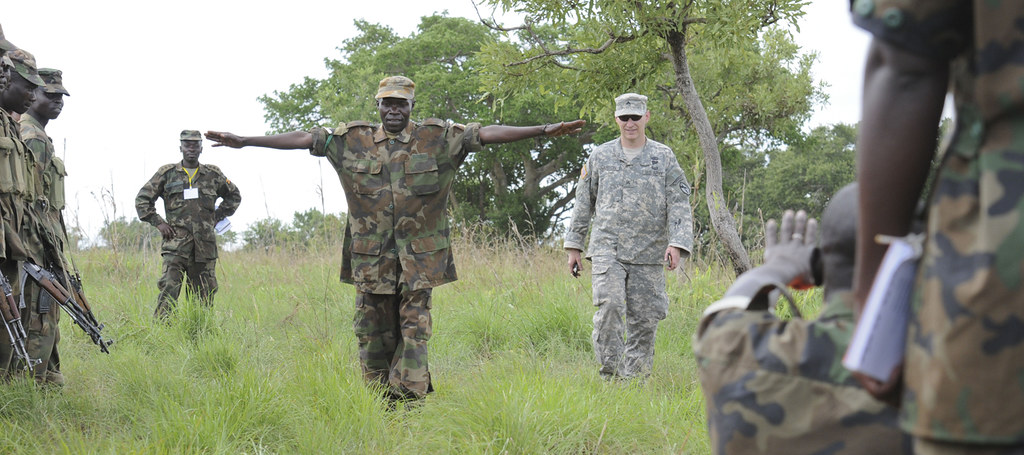
10. **Cover and Concealment Aren’t the Same**Confusing cover with concealment can be fatal in a combat scenario. Just because you can’t be seen in a bush doesn’t mean you can’t be shot in a bush. Concealment primarily hides you from sight to avoid detection when not in a firefight. Once engaged, concealment offers no protection from bullets.
In a firefight, cover is your only viable option. Find something substantial enough to protect your entire body from incoming rounds, not just a small tree. If there’s no adequate cover, move quickly to a protected position before returning fire.
The exception: if ambushed within 35 yards, you may have to immediately return fire. At this range, enemies can engage you accurately if you run, and they might use grenades. Always scan for “the next two cover and concealed positions” to ensure immediate options and swift reaction if ambushed.
Military equipment: Hope Diamond
Name: Hope Diamond
Caption: National Museum of Natural History
Weight: 45.52 carat
Color: Fancy Dark Greyish Blue (GTA)
Cut: Antique cushion
Mine: Kollur Mine
Country: India
Cutter: Wilhelm Fals
Found: Jean-Baptiste Tavernier
OriginalOwner: Jean-Baptiste Tavernier
Owner: Smithsonian Institution
Value: US$200–350 million
Categories: All Wikipedia articles in need of updating, All Wikipedia articles needing clarification, All articles containing potentially dated statements, All articles needing additional references, All articles with dead external links
Summary: The Hope Diamond is a 45.52-carat (9.104 g; 0.3211 oz) blue diamond that has been famed for its great size and blue-violet colour since the 17th century. It was extracted in the 17th century from the Kollur Mine in Andhra Pradesh, India. The gemstone’s exceptional size has revealed new information about the formation of diamonds.
The Hope Diamond’s recorded history begins in 1666, when the French gem merchant Jean-Baptiste Tavernier purchased the raw Golconda stone in India. After cutting the gem and renaming it “the French Blue” (Le bleu de France), Tavernier sold it to King Louis XIV of France in 1668. It was stolen in 1792, received and re-cut, with the largest section of the diamond appearing under the Hope name in an 1839 gem catalogue from the Hope banking family, from whom the diamond’s name derives.
The Hope Diamond’s last private owner was the American jeweler Harry Winston, who bought it in 1947 from the estate of the mining heiress and socialite Evalyn Walsh McLean. After exhibiting the diamond on tour for several years, Winston set it in a necklace and it was donated in 1958 to the Smithsonian Institution’s National Museum of Natural History in Washington, D.C., where it remains on permanent exhibition.
Get more information about: Hope Diamond
Read more about: The Unofficial Guide: Liberating Your Style – 13 Fashion Rules Women Over 60 Are Confidently Breaking This Season
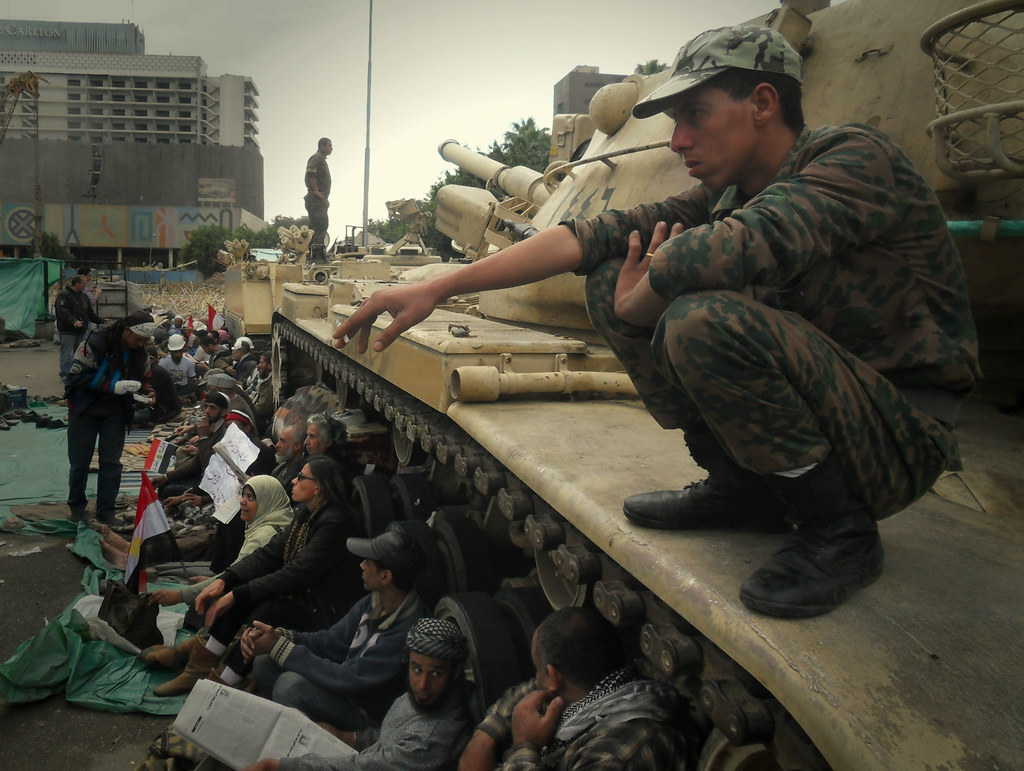
11. **Win the 15-Second Fight**The first 15 seconds of any firefight are crucial. This short window often determines “fire superiority,” a factor that profoundly influences the entire engagement’s outcome. The side that gains and maintains fire superiority is usually the one that emerges victorious.
Achieving fire superiority has a significant psychological impact and creates vital opportunities to advance or flank. Immediately, place as many rounds as possible in their direction, showing you “mean business.” This means decisive, concentrated fire, not indiscriminately wasting ammunition on full-auto.
Once fire superiority is established, the enemy becomes suppressed. You then control the fight’s tempo. Dictating the pace is critical for survival, as the party controlling the tempo controls the opponent. This principle applies beyond gunfights to hand-to-hand combat.
Never let the enemy gain fire superiority; that moment can signify your defeat. While the initial 15 seconds are vital, don’t let the tempo die down. Leverage this superiority to secure an advantageous position, maintaining the initiative throughout the confrontation.
Military equipment: Terence Crawford
Name: Terence Crawford
Caption: Crawford in 2023
Realname: Terence Allan Crawford
Nickname: Bud
Weight: Lightweight,Light welterweight,Welterweight,Light middleweight,Super middleweight
Height: 5 ft 8 in
Reach: 74 in
BirthDate: [object Object]
BirthPlace: Omaha, Nebraska
Style: Southpaw stance
Total: 42
Wins: 42
Ko: 31
ShowMedals: true
Medaltemplates: MedalSport,Medal ,Medal ,MedalCompetition ,MedalSilver ,Medal ,Medal ,MedalCompetition ,MedalBronze ,MedalBronze ,Medal ,Medal ,Medal ,Medal
Module: Infobox person
Embed: true
Signature: Terence Crawford.jpg
Website: https:tbudcrawford.com
Categories: 1987 births, 20th-century African-American sportsmen, 20th-century American sportsmen, 21st-century African-American sportsmen, African-American boxers
Summary: Terence Allan Crawford (born September 28, 1987) is an American professional boxer. He has held 18 different major world championships in five weight classes from lightweight to super middleweight, including the undisputed championships at light welterweight, welterweight, and super middleweight. He is the second-ever male three-weight undisputed boxing champion. In the “four-belt era”, he is the first male boxer in history to capture the undisputed championship in two and three divisions, and the first to achieve that status at both light welterweight and welterweight. He has held the undisputed super middleweight title since September 2025.
In 2014, Crawford traveled overseas to fight Ricky Burns and won his first world championship, the WBO lightweight title. After two successful defenses, he moved up to light welterweight in 2015 and defeated Thomas Dulorme for the vacant WBO light welterweight title. In 2017, Crawford had a short reign as the undisputed light welterweight champion, being the first since Kostya Tszyu in 2004, and the first in any weight class to simultaneously hold all four major world titles since Jermain Taylor in 2005. In 2023, he defeated Errol Spence Jr. to become the undisputed welterweight champion, the first since Zab Judah in 2006. In 2024, he moved up to light middleweight and defeated Israil Madrimov to become a quadruple champion. In 2025, Crawford defeated Canelo Álvarez by unanimous decision to capture the undisputed super middleweight championship, becoming one of only six male boxers in history to win world championships in five divisions.
Crawford is the only boxer in history to hold The Ring magazine title in four divisions and joined Manny Pacquiao and Floyd Mayweather Jr. as the only fighters to become four-division lineal champions. He is also one of two boxers in history to have won world titles at lightweight and super middleweight. Throughout his 17-year professional career, Crawford has never been knocked down, nor has a single judge ever scored a fight in favor of his opponent.
Crawford was named Fighter of the Year by the Boxing Writers Association of America (BWAA) in 2014, and by ESPN in 2014 and 2017. He’s also received the Best Fighter/Boxer ESPY Award in 2018 and 2024. Consistently ranked among the top boxers of his generation, Crawford is considered one of the greatest boxers of all time. He was recognized as the world’s top pound-for-pound boxer by the BWAA from October 2017 to May 2018, again in June 2022, and by The Ring magazine from July 2023 to May 2024, and again since September 2025.
Get more information about: Terence Crawford
Read more about: 12 Actors Who Seriously Mastered Underwater Breath-Holding for Their Epic Movie Roles

12. **Flanking**Sun Tzu famously advised, “fight the enemy where they are not”—the essence of flanking. Militaries use it due to its effectiveness: it forces enemies to fight in multiple directions, dividing their concentrated firepower.
Flanking is potent against larger forces and ensures quicker, more efficient firefights. Caution: avoid creating parallel lines of fire that risk friendly casualties, especially from high ground. Clear communication is essential.
Avoid obvious flanking routes; experienced enemies anticipate them, bogging down your element. Instead, choose grueling, unpleasant paths. This unconventional choice almost guarantees less enemy presence and offers surprise.
Prioritize routes offering cover and concealment. If detected, you have protection. Speed is critical; the main force relies on you to divide attention, so move swiftly. Once in position, the flanking element’s initial gunfire should follow the “15-second firefight rule” for maximum impact.
Military equipment: Flank
Categories: All article disambiguation pages, All disambiguation pages, Disambiguation pages, Short description is different from Wikidata
Summary: Flank may refer to:
Flank (anatomy), part of the abdomen
Flank steak, a cut of beef
Part of the external anatomy of a horse
Flank speed, a nautical term
Flank opening, a chess opening
A term in Australian rules football
The side of a military unit, as in a flanking maneuver
Flanking, a sound path in architectural acoustics
Flanking region, a region of DNA in directionality
Rift flank (synonymous of rift shoulder), mountains belt on the sides of extensional rift basins
Get more information about: Flank
Read more about: Beyond the Sticker Price: A Comprehensive Consumer Reports Guide to the 2015 Ford F-150’s True Cost and Value

13. **Use Surrounding Terrain to Your Advantage**Never guess at terrain in a crisis. Use your topographical map to plan routes meticulously. Stick to highly-vegetated areas for concealment; avoid open areas unless necessary, as they increase detection risk from hostile parties.
While avoiding silhouetting yourself on highest ground, plan routes for easy access to elevated positions. Firefights are often won by those securing high ground first. Stay within 100 yards of high ground for quick access during engagements.
Never take the obvious, comfortable route; looters often ambush there. Choose the most grueling, unpleasant path. This deters others and significantly reduces encounters.
Maintain vigilance for “avenues of approach”—any area an enemy could exploit. Mentally note these threats and plan reactions. Avoid routes with more than two exploitable enemy approaches. Proactive terrain assessment is key.
Military equipment: The Book of Five Rings
Name: The Book of Five Rings
Author: Miyamoto Musashi
TitleOrig: 五輪書
Genre: Kenjutsu
PubDate: Sat Dec 31 1644 16:07:02 GMT-0752 (Pacific Standard Time)
Categories: 1645 books, All articles lacking in-text citations, All articles needing additional references, All articles that may contain original research, All articles with style issues
Summary: The Book of Five Rings (五輪書, Go Rin no Sho) is a text on kenjutsu and the martial arts in general, written by the Japanese swordsman Miyamoto Musashi between 1643-5. The book title from the godai (五大) of Buddhist esotericism (密教), thus has five volumes: “Earth, Water, Fire, Wind, Sky.” Many translations have been made, and it has garnered broad attention in East Asia and throughout the world. For instance, some foreign business leaders find its discussion of conflict to be relevant to their work. The modern-day Hyōhō Niten Ichi-ryū employs it as a manual of technique and philosophy.
Musashi establishes a “no-nonsense” theme throughout the text. For instance, he repeatedly remarks that technical flourishes are excessive, and contrasts worrying about such things with the principle that all technique is simply a method of cutting down one’s opponent. He also continually makes the point that the understandings expressed in the book are important for combat on any scale, whether a one-on-one duel or a massive battle. Descriptions of principles are often followed by admonitions to “investigate this thoroughly” through practice rather than trying to learn them by merely reading.
Musashi describes and advocates a two-sword fencing style (nitōjutsu): that is, wielding both katana and wakizashi, contrary to the more traditional method of wielding the katana two-handed. However, he only explicitly describes wielding two swords in a section on fighting against many adversaries. The stories of his many duels rarely refer to Musashi himself wielding two swords, although, since they are mostly oral traditions, their details may be inaccurate. Musashi states within the volume that one should train with a long sword in each hand, thereby training the body and improving one’s ability to use two blades simultaneously.
Get more information about: The Book of Five Rings
Read more about: Mastering the Wild: 10 Indispensable Survival Skills Every Man Must Know
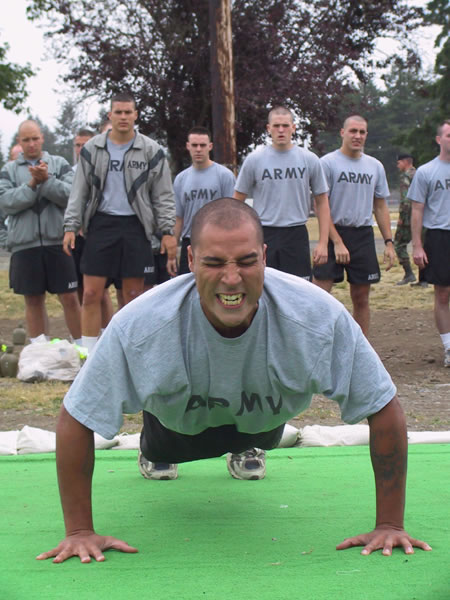
14. **Physical Fitness and Mental Fortitude**Physical fitness is essential for tactical proficiency, as military strategies rely on it. This must be a major priority in your preparedness drills. Strength is crucial, but cardiovascular endurance is equally, if not more, important.
**Nutrition**
Disregard “military diets” and miracle pills. Real military members understand balanced nutrition is vital for survival. Carbs, like sweet potatoes and noodles, provide long-term energy. Avoid processed junk. Protein is essential for muscle growth and recovery; prioritize whole food sources and use whey shakes as supplements.
**Cardio**
You don’t need to run five miles daily. “60x120s” are effective: sprint for one minute, then jog for two. Repeat. Simplify by walking briskly instead of jogging initially. This progressive approach rapidly builds cardiovascular capacity.
**Strength**
Five foundational exercises build strength and muscular endurance for Infantrymen: Push-Ups, Sit-Ups, Air-Squats, Pull-Ups/Chin-Ups, and Buddy-Carries. Incorporate these to perform optimally in a crisis. Don’t wait; prioritize physical fitness now.
**Mental Fitness**
A strong mental game is paramount. Stay calm under pressure and make sound decisions. Build mental toughness through rigorous training, practicing skills in high-stress, simulated environments. Positive visualization, picturing success, boosts focus and resilience. Never, ever give up. Keep moving forward, reminding yourself that others have endured and prevailed. Mental fitness is an indispensable part of any prepper’s toolkit.
Military equipment: Krav Maga
Name: Krav Maga
NativeName: Script/Hebrew
Focus: Hybrid martial arts
Creator: Imi Lichtenfeld
Parenthood: Karate
Olympic: No
Country: Israel
Categories: All articles with dead external links, All articles with unsourced statements, Articles containing Hebrew-language text, Articles containing video clips, Articles with dead external links from July 2025
Summary: Krav Maga ( KRAHV mə-GAH; Hebrew: קְרַב מַגָּע, IPA: [ˈkʁav maˈɡa]; lit. ’contact combat’) is an Israeli self-defence system. Developed for the Israel Defense Forces (IDF), it uses techniques derived from aikido, boxing, judo, karate and wrestling. It is known for its focus on real-world situations.
Krav Maga was originally developed by Hungarian-born Israeli martial artist Imi Lichtenfeld. Having grown up in Bratislava during a time of antisemitic unrest, Lichtenfeld used his training as a boxer and wrestler to defend Jewish neighborhoods against attackers in the mid-to-late 1930s, becoming an experienced street fighter. After his immigration to Mandatory Palestine in the late 1940s, he began to provide lessons on combat training to Jewish paramilitary groups that would later form the IDF during the 1948 Palestine war. As an instructor, he compiled his knowledge and experience into the combat system that would later become known as Krav Maga. This system would continue to be taught long after he left the IDF.
From the outset, the original concept of Krav Maga was to take the most effective and practical techniques of other fighting styles (originally European boxing, wrestling, and street fighting) and make them rapidly teachable to conscripted soldiers. It has a philosophy emphasizing aggression and simultaneous defensive and offensive manoeuvres. It has been used by Israeli special forces and regular infantry units alike. Closely related variations have been developed and adopted by Israeli law enforcement and intelligence organizations, and there are several organizations teaching variations of Krav Maga internationally. There are two forms of Krav Maga, with one type adapted for Israeli security forces and the other type adapted for civilian use.
Get more information about: Krav Maga
Read more about: NASCAR Legend Tony Stewart Suffers Horrific NHRA Crash, ‘Doesn’t Remember Any of It’ in High-Speed Collision at Reading Nationals
The military, forged in the crucible of extreme conditions, has developed a treasure trove of life-saving hacks—from the practicalities of physical readiness to the complexities of tactical engagement. These aren’t just for soldiers; they are adaptable, actionable strategies that empower you, the prepared citizen, to face any crisis with greater confidence and capability. By integrating these field-tested insights into your personal preparedness plan, you’re not just hoping for the best; you’re actively building the resilience and resourcefulness needed to protect yourself and your loved ones. Now, go forth, train smart, and hack your way to a safer, more secure future!



